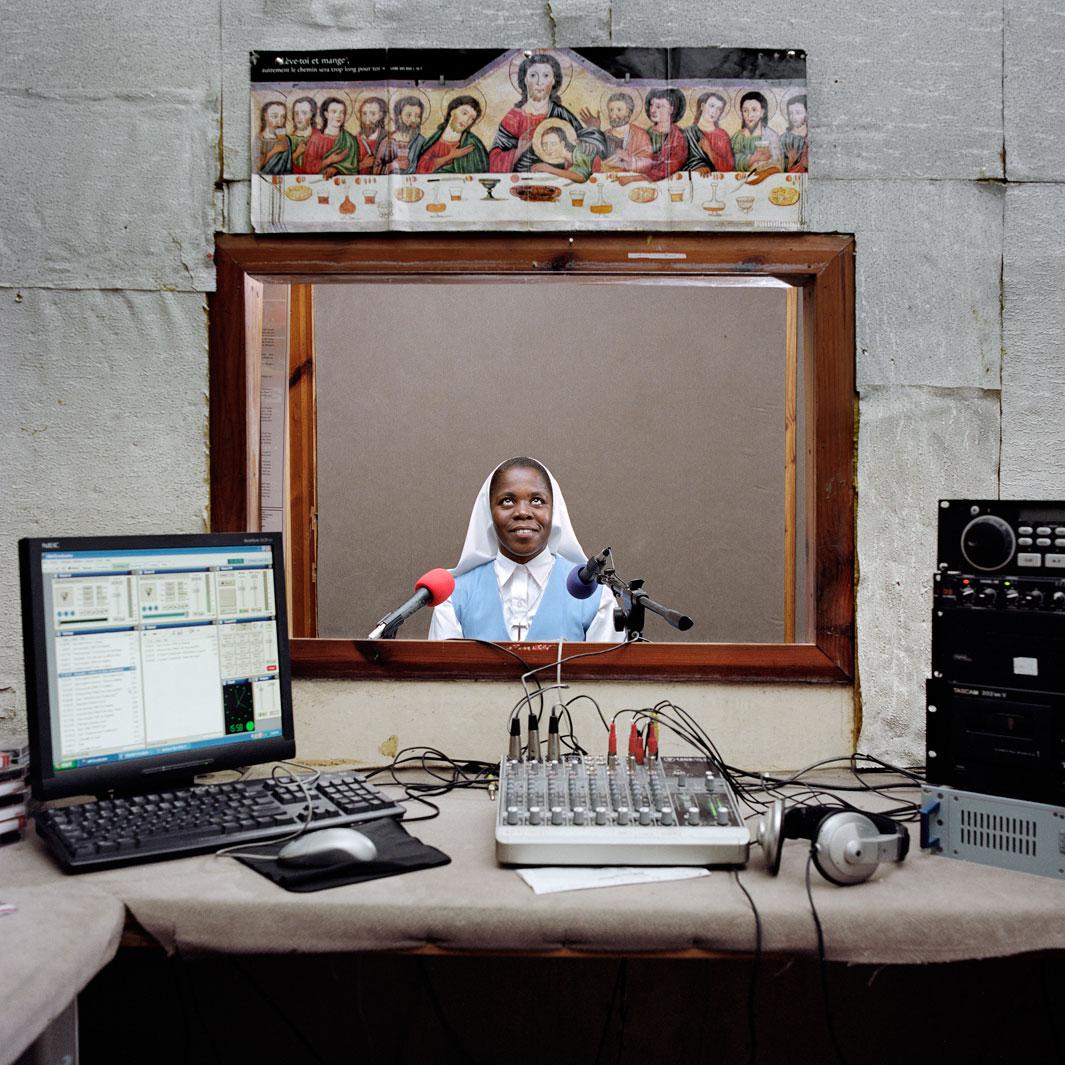Paolo Woods doesn’t want to take a picture you’ve already seen. Although it seems like a given, Woods—who has created photography series around the world—said that he used to battle against making the obvious image. He discovered he was doing a disservice to himself as a photographer and to those around him in various countries who were opening up doors to worlds he hadn’t previously seen.
So when Woods began what would be a three-year-long project about Haiti—his adopted country—that eventually became the book State, he wanted to avoid what he calls “the exceptional” image that has come to represent the tiny island nation: of despair, corruption, and natural disaster. When he arrived in Haiti, Woods first got to know the writer Arnaud Robert, with whom he collaborated on State and who he calls a “real Haiti man.” Woods then got to know the country and its people.
“Not everything is a catastrophe or an event for the front page of the newspaper,” Woods said. “There is a daily life [that] is composed of thousands of small things added together. I did try to attempt to show daily life, and it’s not very photogenic often. And for me that was a challenge because I do live a daily life in Haiti.” Some of the ways in which Woods and Robert show that became the sections of the book: government, rich Haitians, white influence, influence of FM radio, foreign impact, and religion.

Paolo Woods/INSTITUTE

Paolo Woods/INSTITUTE

Paolo Woods/INSTITUTE
Woods said he tries to have a lot of contact with people when working on a project like State. A self-described slow shooter, Woods used primarily medium- and large-format cameras for the book and produced roughly 100 images over the three-year period. He said some of the chapters of the book were printed in magazines leading up to the book’s publication, including a story about rich Haitians, a part of society Woods said many people in the country didn’t know existed beforehand. “Rich people tell you lots about the country,” Woods said. “The rich are a litmus test of a society that tell you the strengths and weaknesses of the story.”
Around the second anniversary of the 2010 earthquake in Haiti, Woods decided to publish a story about Haiti as a travel destination, filled with images of some of the beautiful landscapes around Haiti, instead of going after another disaster story. “My Haitian friends loved it,” he said.
Throughout his life, Woods—who identifies as Italian but whose parents are Canadian and Dutch—said he is always questioning how nationality makes up a personality. He said working in Haiti, which he described as in many ways a flawed state but one where systems are in place that do work, has been a learning experience about how to see another side of life. “We tend to go to places with a certain set of preformed ideas and look for confirmation of those ideas: that Haiti is a poor, miserable place. And I’m sure you can find confirmation of that—it is the poorest country in the Americas—and it has enormous structural problems. But if you go and spend more time there, you start to see lots of other things, more positive things, that make it more complex.”
State is currently on view at Musée de l’Elysée in Lausanne, Switzerland, through Jan. 5.

Paolo Woods/INSTITUTE
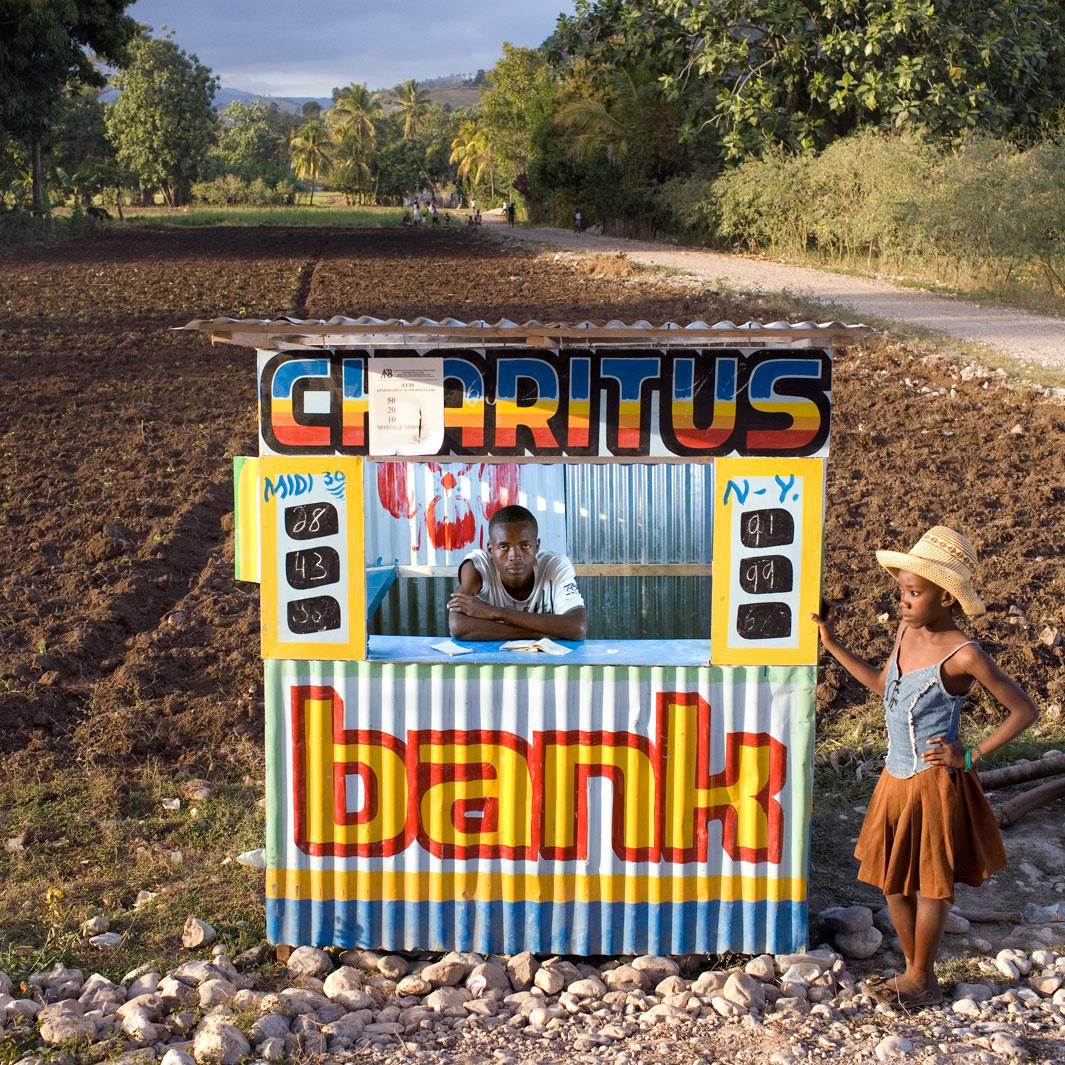
Paolo Woods/INSTITUTE
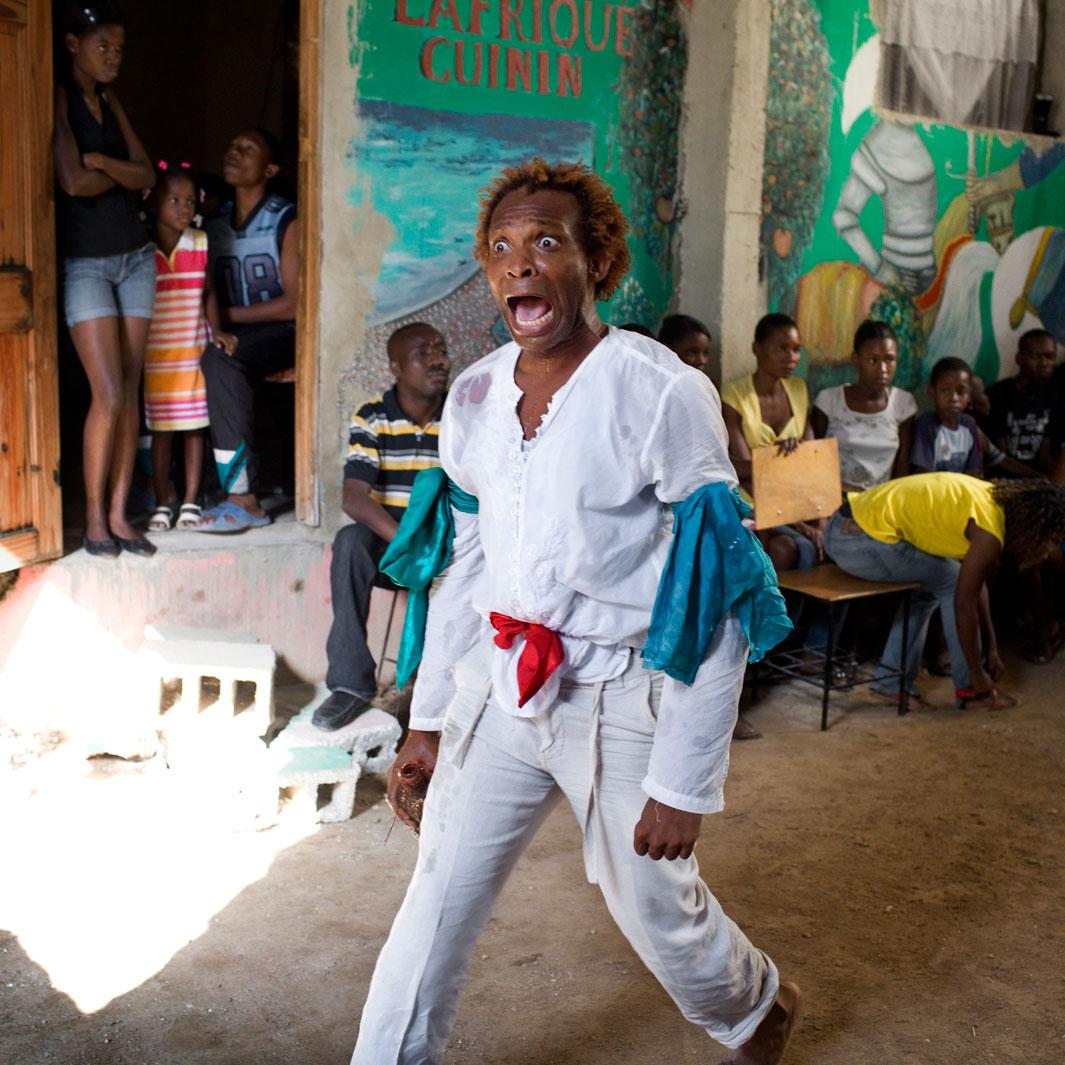
Paolo Woods/INSTITUTE
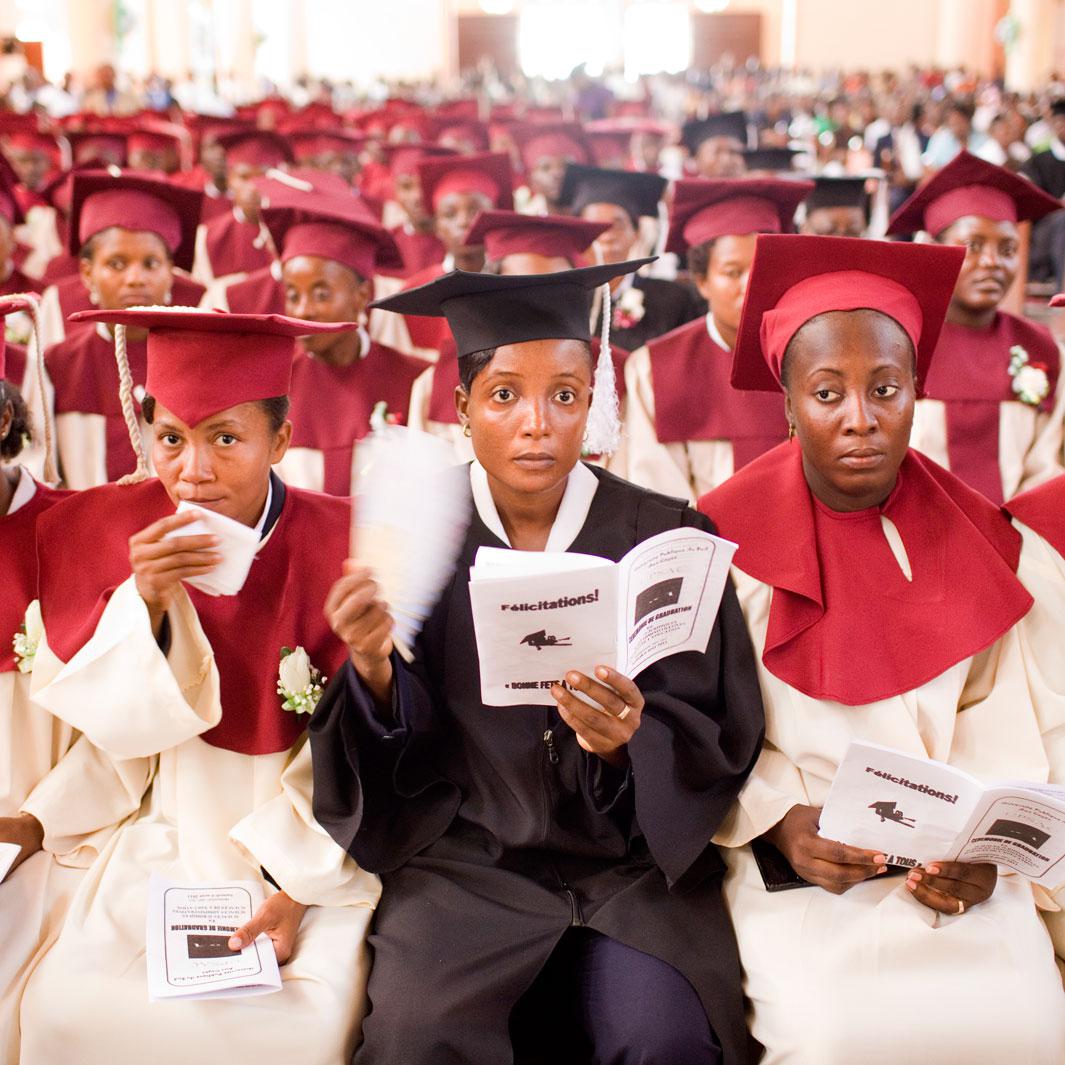
Paolo Woods/INSTITUTE
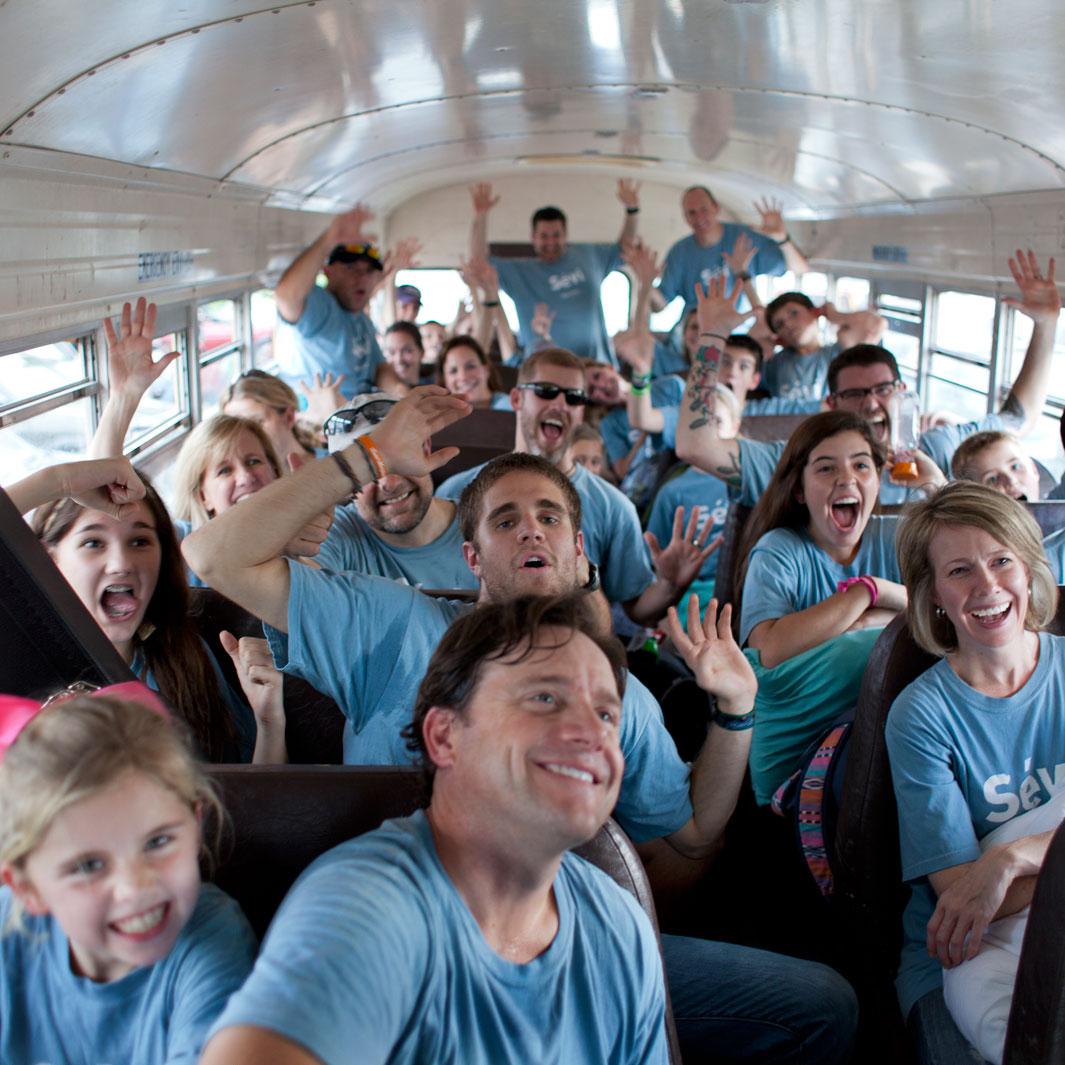
Paolo Woods/INSTITUTE
Correction, Dec. 11, 2013: The caption on the fourth photo originally misidentified Philippe Dodard and his wife, Raphaëlle Villard, as Règinald Boulos and one of his employees.
